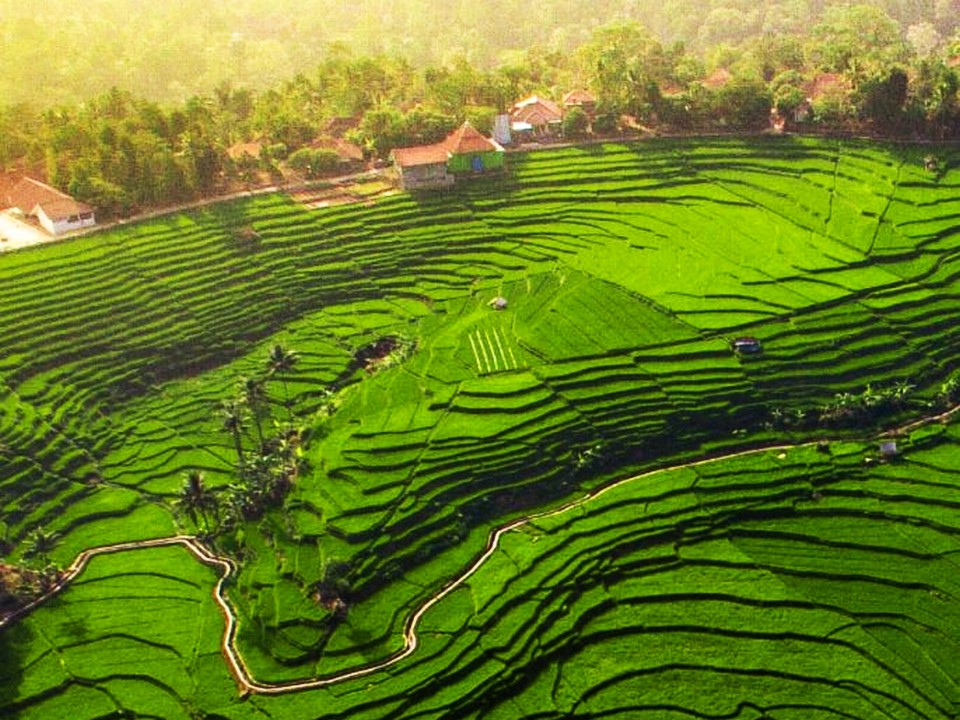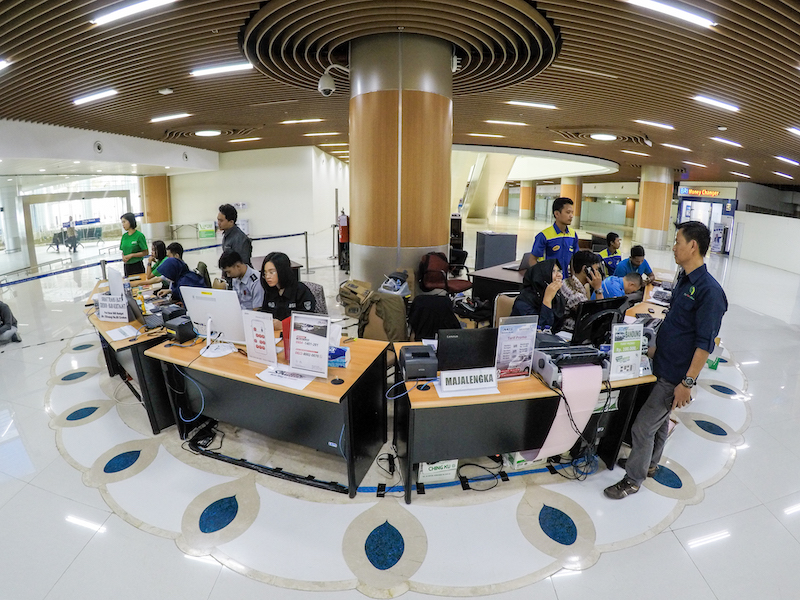In Cirebon there is also a center of very beautiful Indonesian batik art, beside Yogyakarta, Solo and Pekalongan. Most people call this Cirebon batik as Trusmi Batik. This is because the center of Cirebon batik production is in the village of Trusmi, about 4 km west of the city center. Here you will find materials and batik art typical of Cirebon which has its own uniqueness.
There are more than 1,000 batik artisans in the village of Trusmi who work every day to produce this batik work. They are not only residents of the village of Trusmi itself, but also come from the surrounding areas, such as Gamel, Kaliwulu, Wotgali, and Kalitengah. Along the main road you will find a row of shops and Batik Trusmi showrooms that display their best products.
The history of batik in the village of Trusmi was initiated by an Islamic religious leader named Ki Gede Trusmi. He is a loyal follower of Sunan Gunung Jati (one of the Wali Songo who first spread Islam on Java), as a person who taught batik to residents while spreading Islam. The name Ki GedeTrusmi is enshrined as a village name and is currently highly respected by local residents. His grave is well preserved and every 4 years, the residents of Trusmi Village perform a ritual called Ganti Welit and Ganti Sirap.
Batik from the Cirebon region not only displays the palace style of batik, but also coastal batik. The classic Cirebon royal batik style was developed by the royal palace (Kasepuhan and Kanoman Sultanate) characterized by royal symbol motifs based on religious philosophy, while coastal batik originated from the trade and fisheries community by making their own motifs and styles more dynamic and open to current trends. .
Cirebon batik ornaments can generally be classified into 5 groups, namely Wadasan, Geometric, Pangkaan (Buketan), Byur, and Semarangan. Wadasan is a classic Cirebon batik ornament that emphasizes the royal batik style. Bundles or ornaments Bungketan displays a variety of flowers. Splash with flowers and small leaves that completely fill the textile fabric. While Semarangan ornaments display repetitive motifs placed in certain patterns.






